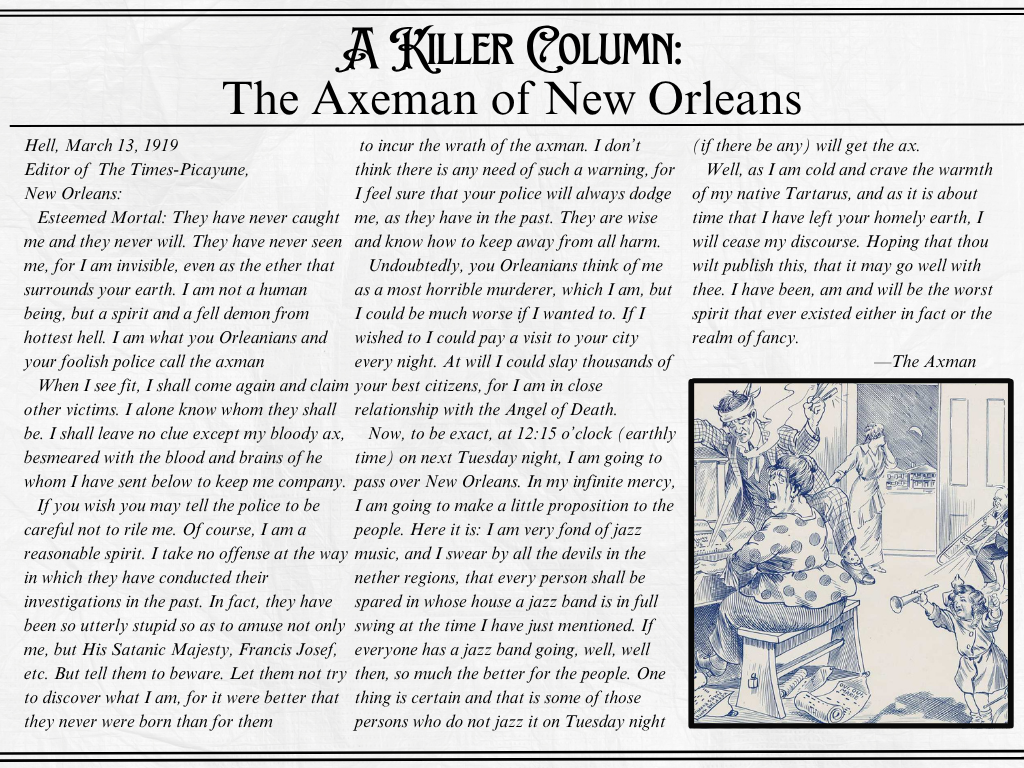The first carbon flux tower in the state has been opened by ULM’s School of Sciences. The inauguration ceremony took place last Tuesday.
A carbon flux tower measures carbon and water vapor flux, which is the flow of the materials through space, as well as other atmospheric elements.
The tower, which stands at 120 feet, is located in the Russell Sage Wildlife Management Area.
Jared Streeter, a biomedical science graduate student, has been working on his master’s thesis for the tower.
Streeter helped Joydeep Bhattacharjee, associate biology professor, in determining the final location of the tower, the height and installing sensors.
“The establishment of the tower was a lab effort,” said Streeter. “Help from Matthew Herron and Jenae’ Clay was valuable and we could not have succeeded without them.”
The tower has been registered on AmeriFlux.ornl.gov as ULM flux tower.
“That was a moment of realizing ‘oh wow.’ Now we are on the world map where all the flux towers are. It’s really interesting,” Bhattacharjee said.
Sushma Krishnamurthy, director of sciences, was stunned when she first saw the tower.
“I did not have anything specific in mind, but this was impressive. I have to say that this is a product of sweat and some tears I think, too,” said Krishnamurthy. “I remember when this grant was first awarded in 2012. I know Joydeep was happy. He was feet above the ground.”
Krishnamurthy recalled all of the troubles Bhattacharjee went through to get the tower made.
According to her, in the beginning the entire area was under one and half feet of water. The project couldn’t move forward and after waiting for so long, the grant money ran out.
Bhattacharjee had to apply for an extension of the grant, but nobody wanted to build the tower.
“I have to say that we had one brave soul from Bleu Skies, Nathan Pettit, and we really appreciate [his] sense of adventure because this was an adventure,” said Krishnamurthy. “This would not have happened without his commitment.”
According to Bhattacharjee, institutions like Harvard and Princeton are “drooling” over ULM’s site.
Andrew Richardson, a professor from Harvard University, has offered to fund a time-lapse camera for the tower so that a picture can be taken every 15 minutes to document climate change in the area.






